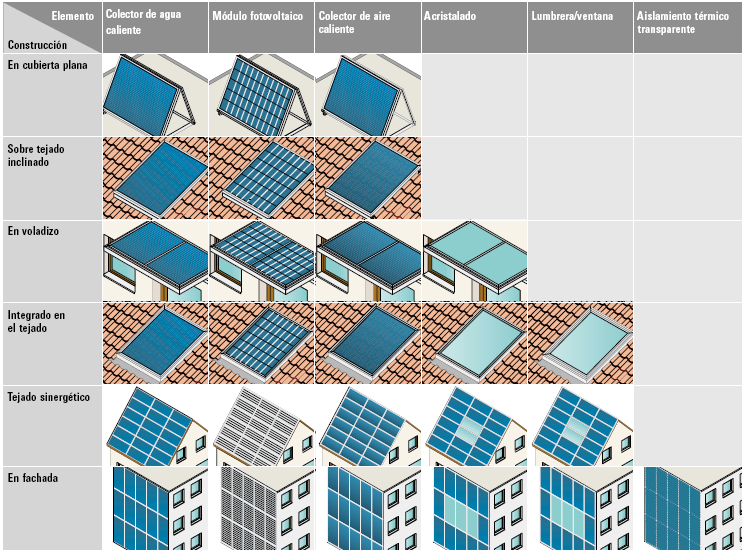A photovoltaic system aims to produce electricity using energy from the sun.
This power generation without emission of pollutants, occurs as a result of the capture of solar energy and its direct conversion into electricity DC, as a result of an internal physical process of solar modules, called photovoltaic effect.
The photovoltaic cells that compose the photovoltaic solar modules are the devices in which this effect takes place.
The electricity generated in the modules is DC. TTo transform it into alternating current suitable for injection into the distribution network is necessary passage through an electronic device called inverter grid connection.
Inverters grid connection, ensuring the quality of electricity injected into the grid, so that the power companies and network users do not suffer distribution problems as a result of this electric supply.
System integration of electricity production using photovoltaic technology in buildings have an effect on four main benefits:
This power generation without emission of pollutants, occurs as a result of the capture of solar energy and its direct conversion into electricity DC, as a result of an internal physical process of solar modules, called photovoltaic effect.
The photovoltaic cells that compose the photovoltaic solar modules are the devices in which this effect takes place.
The electricity generated in the modules is DC. TTo transform it into alternating current suitable for injection into the distribution network is necessary passage through an electronic device called inverter grid connection.
Inverters grid connection, ensuring the quality of electricity injected into the grid, so that the power companies and network users do not suffer distribution problems as a result of this electric supply.
System integration of electricity production using photovoltaic technology in buildings have an effect on four main benefits:
- The clean, distributed power generation, next to places of consumption and prioritized according to RD 661/07, which seeks compliance with the environmental commitments made by the State and better use of own resources, like is the Sun.
- Getting a better grade in obtaining the necessary certificates of energy efficiency, according to the RD 47/07.
- Compliance of the Technical Building Code, which provides for the incorporation of photovoltaic power supply to the electricity grid in Annex HE 05 for certain types of buildings, or replacement of part of the contribution to domestic hot water, provided in Annex HE 04.
- Give the building an envelope, distinctive and innovative they become emblematic from an aesthetic point of view, within a new development or integrated into an existing one.
This post is also available in: Spanish





